

Articles
How To Store Radish
Modified: January 5, 2024
Looking for articles on how to store radish? Find all the tips and tricks you need to keep your radishes fresh and delicious for longer.
(Many of the links in this article redirect to a specific reviewed product. Your purchase of these products through affiliate links helps to generate commission for Storables.com, at no extra cost. Learn more)
Introduction
Radishes are a versatile and nutritious vegetable that can be enjoyed in a variety of ways. Whether you grow them in your garden or purchase them fresh from the market, it’s important to know how to store radishes properly to extend their shelf life and maintain their crispness and flavor. In this article, we’ll explore different methods of storing radishes, including refrigeration, root cellaring, freezing, and pickling.
Radishes come in various shapes, sizes, and colors, from the classic round red variety to the elongated white or purple ones. They have a crisp texture and a slightly peppery taste, making them a popular addition to salads, sandwiches, and even cooked dishes. With proper storage, you can enjoy the taste and nutritional benefits of radishes for an extended period.
When it comes to selecting radishes for storage, it’s crucial to choose fresh, firm radishes with no signs of wilting or decay. Look for radishes that have vibrant colors and crisp leaves, indicating their freshness. Avoid ones that are soft, mushy, or have blemishes, as they are likely to spoil quickly.
Preparing radishes for storage is an essential step to ensure their longevity. Start by removing any excess dirt or debris from the radishes by gently rinsing them under cold water. Trim off the tops and roots, leaving about an inch of the stem. This helps to prevent moisture loss and maintains the radishes’ freshness.
Now that we have covered the basics of storing radishes let’s explore the different methods you can use to keep your radishes fresh and delicious for longer periods.
Key Takeaways:
- Store radishes in a cool, humid environment like the refrigerator or root cellar to maintain their crispness and flavor for an extended period. Proper preparation and regular inspection are key to maximizing their shelf life.
- Experiment with pickling or freezing radishes for long-term storage, and utilize different methods based on your needs. Remember to avoid excess moisture, separate from ethylene-producing fruits, and regularly rotate your stock for optimal freshness.
Read more: How To Store Korean Radish
Selecting Fresh Radishes
When it comes to storing radishes, starting with fresh, high-quality radishes is crucial. Here are a few tips for selecting the best radishes:
- Look for vibrant colors: Choose radishes with vibrant hues of red, pink, purple, or white. Avoid radishes with dull or faded colors, as this may indicate that they are past their prime.
- Check for firmness: Gently squeeze the radishes to ensure they are firm and not spongy. A firm radish will have a crisp texture and will be more likely to stay fresh for a longer period.
- Inspect the leaves: The leaves of the radish should be vibrant and fresh. Avoid radishes with wilted or yellowing leaves, as this indicates that they may have been harvested a while ago.
- Size matters: Radishes come in different sizes, from small round ones to larger elongated varieties. Choose a size that suits your preference, but keep in mind that smaller radishes tend to be milder and less pungent in flavor.
By selecting fresh and high-quality radishes, you can ensure that your storage efforts will be more effective. Once you’ve chosen your radishes, it’s time to prepare them for storage.
Preparing Radishes for Storage
Proper preparation of radishes before storage is essential to maintain their freshness and extend their shelf life. Here are some steps to follow when preparing radishes for storage:
- Wash and dry: Start by washing the radishes gently under cold running water to remove any dirt or debris. Use a soft brush or your fingertips to clean them thoroughly. After washing, pat them dry with a clean towel to remove excess moisture.
- Trim the tops: Trim off the tops of the radishes, leaving about an inch of the stem attached. This helps to prevent moisture loss and keeps the radishes fresh for longer. Additionally, removing the tops prevents them from drawing moisture away from the radish, which can lead to quicker spoiling.
- Remove the roots: Trim off any long roots from the radishes, leaving a small portion of the root intact. Similar to trimming the tops, this helps to preserve the moisture content of the radishes, preventing them from drying out.
- Sort and inspect: Take a moment to sort through the radishes and discard any that are damaged, bruised, or showing signs of decay. By removing these radishes, you can prevent them from spoiling the rest of your batch during storage.
Once you’ve completed these steps, your radishes are now ready for storage. However, the storage method will depend on your preference and the available resources. Let’s explore some common methods of storing radishes.
Storing Radishes in the Refrigerator
The refrigerator is a convenient and common method for storing radishes. Follow these steps to properly store radishes in the refrigerator:
- Choose the right container: Place the radishes in a perforated plastic bag or a breathable container like a mesh bag. These containers allow air circulation, preventing moisture buildup and minimizing the risk of rotting.
- Adjust humidity levels: Radishes prefer slightly higher humidity levels to maintain their crispness. If your refrigerator has a humidity control feature, set it to a higher level to create an ideal environment for the radishes.
- Store in the vegetable drawer: Place the container of radishes in the vegetable drawer of the refrigerator. This compartment tends to have slightly higher humidity levels and is often designed to maintain optimal conditions for storing vegetables.
- Avoid contact with ethylene-producing fruits: Radishes are sensitive to ethylene gas, which is produced by certain fruits like apples, pears, and bananas. Keep radishes separate from these ethylene-producing fruits to prevent premature spoilage.
- Check and rotate regularly: Periodically check your radishes for any signs of spoilage. Remove any shriveled, moldy, or decayed radishes promptly to prevent them from affecting the rest of the batch. Additionally, rotate the radishes in the container to ensure even air circulation and prevent any “hot spots” where spoilage may occur.
When stored properly in the refrigerator, radishes can stay fresh for up to a couple of weeks. However, keep in mind that their crispness may gradually diminish over time. If you notice any signs of deterioration, it’s best to use the radishes sooner rather than later.
Now that you know how to store radishes in the refrigerator, let’s explore another method of storing them – the root cellar.
Storing Radishes in the Root Cellar
If you have access to a root cellar, it can be an excellent option for storing radishes. Root cellars provide a natural and cool environment ideal for prolonging the freshness of root vegetables like radishes. Here’s how to store radishes in a root cellar:
- Prepare a suitable storage area: Ensure that your root cellar has the proper conditions for storing vegetables. It should be cool, dark, and have a humidity level between 85% to 95%. If needed, you can adjust the humidity by using a humidifier or placing a tray of water inside the root cellar.
- Trim and clean the radishes: Before storing, trim the tops and roots of the radishes, following the same steps as mentioned earlier. Rinse them gently under cold water to remove any dirt, but avoid excessive washing as this can cause excess moisture. Let them air dry for a short period.
- Choose the right storage container: Opt for a breathable container like a wooden crate or a ventilated box. Make sure there is enough space between the radishes for air circulation.
- Place the radishes in the root cellar: Put the radishes in the storage container and place them in a cool and dark section of the root cellar. Ideally, the temperature should be around 32°F to 40°F (0°C to 4°C).
- Regularly monitor and discard spoiled radishes: Check on the radishes periodically to ensure they are in good condition. Remove any radishes that have become soft, moldy, or show signs of decay to prevent the spread of spoilage.
When stored in a root cellar, radishes can keep well for several weeks, maintaining their crispness and flavor. However, it’s important to regularly inspect and monitor them, as the conditions may vary depending on the specific root cellar environment.
If a root cellar is not available, don’t worry! There’s another method you can use to store radishes – freezing.
Store radishes in the refrigerator. Remove the greens, place the radishes in a plastic bag, and store in the crisper drawer. They can last for up to 2 weeks.
Read more: How To Store Radish Greens
Storing Radishes in the Freezer
Freezing is an excellent method for long-term storage of radishes, preserving their flavor and texture. Here’s how you can store radishes in the freezer:
- Trim and wash the radishes: Start by trimming off the tops and roots of the radishes, just as you would for other storage methods. Wash them thoroughly under cold water to remove any dirt or debris.
- Blanch the radishes: Blanching helps to preserve the flavor, color, and texture of the radishes. Bring a pot of water to a boil and carefully drop in the radishes. Allow them to blanch for 3-4 minutes.
- Cool and dry the radishes: Once blanched, quickly remove the radishes from the boiling water and transfer them to a bowl of ice water to cool. This halts the cooking process and helps retain their crispness. Once they have cooled, pat them dry with a clean towel.
- Package and label: Place the blanched and dried radishes in freezer-safe containers or freezer bags. Make sure to remove excess air from the packaging to minimize the risk of freezer burn. Label the containers or bags with the date of freezing.
- Store in the freezer: Put the packaged radishes in the freezer, making sure they are stored in a single layer for quick and even freezing. If you have a deep freezer, choose a spot where the temperature remains consistently below 0°F (-18°C).
- Thaw and use: When you’re ready to use the frozen radishes, simply thaw them in the refrigerator overnight. While they may not retain the same crispness as fresh radishes, they can still be used in soups, stews, stir-fries, or other cooked dishes.
Frozen radishes can be stored for up to 6 months but should be consumed within this timeframe for the best quality. It’s important to note that freezing can change the texture of radishes, so they may not be suitable for eating raw.
If you’re looking for another way to preserve radishes, consider pickling them!
Preserving Radishes through Pickling
Another fantastic way to extend the shelf life of radishes is by pickling them. Pickled radishes not only have a tangy and flavorful taste but also provide a longer storage option. Here’s how you can preserve radishes through pickling:
- Prepare the brine: In a saucepan, combine equal parts water and vinegar, such as white distilled vinegar or apple cider vinegar. Add salt, sugar, and spices like mustard seeds, peppercorns, or dill for extra flavor. Bring the mixture to a boil and stir until the salt and sugar dissolve completely.
- Prepare the radishes: Trim the tops and roots of the radishes, as you would for other storage methods. Rinse them under cold water to remove any dirt or debris. If desired, you can slice them into thin rounds, julienne strips, or keep them whole, depending on your preference.
- Pack the radishes in jars: Pack the radishes tightly into sterilized glass jars, leaving a little space at the top. You can add sliced onions, garlic cloves, or other vegetables to the jars for added flavor.
- Pour the brine over the radishes: Carefully pour the hot brine over the radishes in the jars, ensuring that they are completely submerged. Use a clean utensil to remove any air bubbles and tap the jars gently to settle the radishes and distribute the brine evenly.
- Seal and store: Place sterilized lids on the jars and tighten them securely. Allow the jars to cool to room temperature before storing them in the refrigerator. Let the radishes pickle for at least 24 hours before consuming to allow the flavors to develop.
- Enjoy and store: Pickled radishes can be enjoyed as a condiment, added to salads, sandwiches, or even as a side dish. They can be stored in the refrigerator for several months. Remember to label the jars with the date of pickling for reference.
Pickled radishes add a zesty and crunchy element to your meals and offer a unique way to enjoy radishes year-round. The brine not only enhances the flavor but also acts as a natural preservative, allowing you to savor the radishes for an extended period.
Now that you know how to pickle radishes let’s explore some tips for prolonging the shelf life of radishes, regardless of the storage method you choose.
Tips for Prolonging Radish Shelf Life
Ensuring the optimal storage conditions and implementing a few strategies can significantly prolong the shelf life of radishes. Here are some tips to help you keep your radishes fresh for as long as possible:
- Store them properly: Radishes should be stored in a cool and humid environment to maintain their crispness. Whether you choose the refrigerator, root cellar, or freezer, ensure that the temperature and humidity levels are suitable for radish storage.
- Leave the tops intact: Radishes have greens attached to their tops, which can continue to draw moisture from the radishes. To prevent them from drying out quickly, leave an inch of the stem attached and trim the tops only when you’re ready to use them.
- Avoid excess moisture: While radishes prefer humid conditions, excessive moisture can lead to rotting. Make sure to dry the radishes after washing, as wet radishes are prone to spoilage. Additionally, avoid washing them until you’re ready to use them to minimize moisture exposure.
- Separate from ethylene-producing fruits: Radishes are sensitive to ethylene gas, which is released by certain fruits like apples, bananas, and pears. Keep radishes away from ethylene-producing fruits to prevent premature spoilage.
- Inspect regularly: Periodically check on your stored radishes, especially when using long-term storage methods. Remove any radishes that show signs of decay, mold, or softening to prevent the spread of spoilage to the rest of the batch.
- Utilize different storage methods: If you have a large quantity of radishes, consider using a combination of storage methods. Some radishes can be stored in the refrigerator for immediate consumption, while others can be preserved through pickling or freezing for long-term use.
- Proper packaging: When freezing or pickling radishes, ensure that the containers or jars are airtight and properly sealed. This helps to maintain their quality and prevent freezer burn or spoilage.
- Rotate your stock: Whenever you use radishes from your stock, remember to rotate and use the older ones first. This helps prevent wastage and ensures that all your radishes are used in a timely manner.
By following these tips, you can maximize the shelf life of your radishes and enjoy their freshness and flavor for an extended period. Now that you’re equipped with these storage tips, you can confidently store your radishes and reduce food waste.
To conclude, radishes are a versatile and nutritious vegetable that can be stored using various methods. Whether you choose to refrigerate, root cellar, freeze, or pickle them, proper storage techniques will help maintain their quality and allow you to enjoy them throughout the year. Experiment with different storage methods and find what works best for you. Happy radish storage and enjoy the crispness and flavor of these delightful vegetables!
Conclusion
Knowing how to properly store radishes is essential for preserving their freshness, crispness, and flavor. Whether you grow radishes in your garden or purchase them from the market, implementing the right storage methods can help extend their shelf life and reduce food waste. From refrigeration to root cellaring, freezing, and pickling, there are various ways to store radishes based on your preference and the available resources.
When selecting fresh radishes, look for vibrant colors, firmness, and healthy leaves. Preparing radishes for storage involves trimming, cleaning, and inspecting them to remove any damaged or spoiled ones. Storing radishes in the refrigerator requires a breathable container, adjustments to humidity levels, and regular monitoring of their freshness. If you have access to a root cellar, it provides an ideal cool and dark environment for prolonged storage. Freezing radishes involves blanching, proper packaging, and labeling for easy use and retrieval. Pickling radishes extends their shelf life while adding tangy flavor and versatility to your dishes.
To maintain radish freshness, it’s important to follow a few additional tips such as avoiding excess moisture, separating them from ethylene-producing fruits, and regular inspections for spoilage. By utilizing different storage methods and properly packaging radishes, you can enjoy their taste and nutritional benefits for an extended period.
In conclusion, with the right knowledge of storing methods, you can prolong the shelf life of radishes and have them available year-round. Explore different storage techniques, experiment with pickling or freezing, and enjoy the versatility of radishes in your culinary creations. By embracing proper storage practices, you can reduce food waste and savor the freshness of radishes in various dishes. So, the next time you have a bunch of radishes on hand, remember these storage methods and tips to keep them crisp, flavorful, and ready to enjoy!
Frequently Asked Questions about How To Store Radish
Was this page helpful?
At Storables.com, we guarantee accurate and reliable information. Our content, validated by Expert Board Contributors, is crafted following stringent Editorial Policies. We're committed to providing you with well-researched, expert-backed insights for all your informational needs.
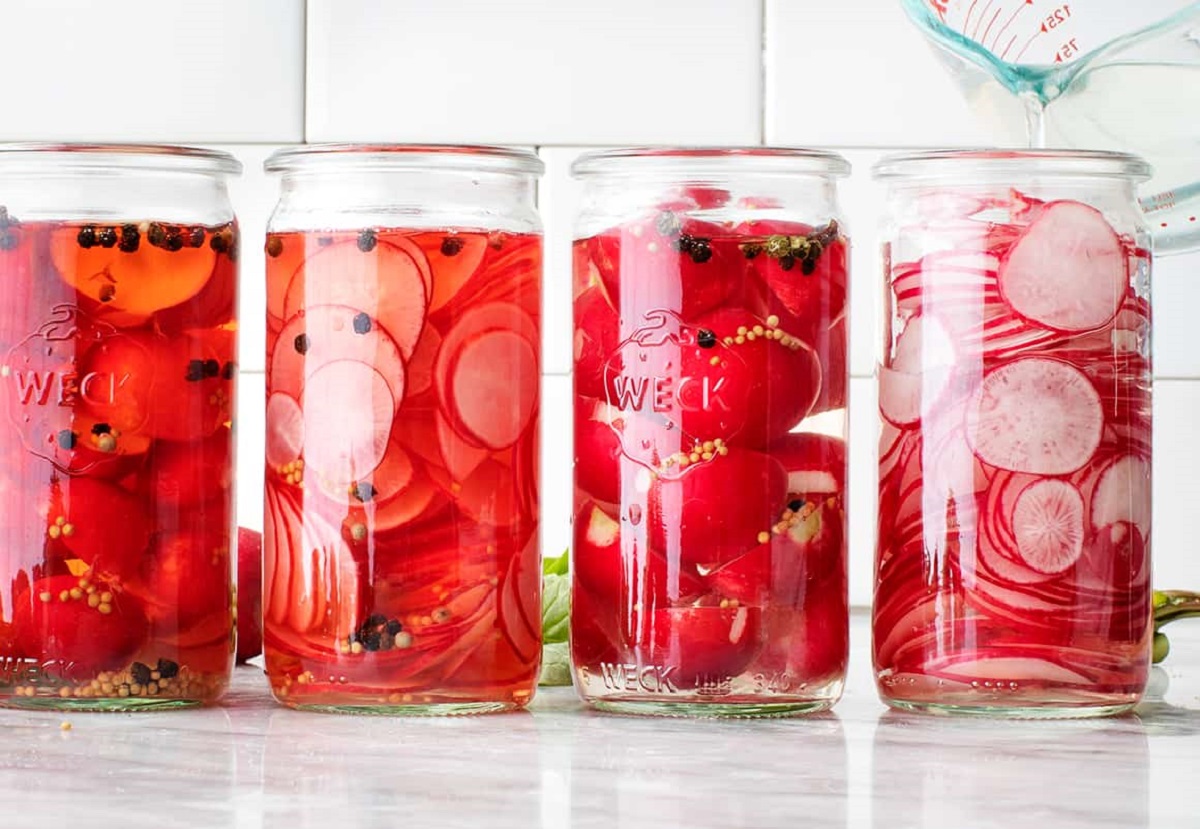
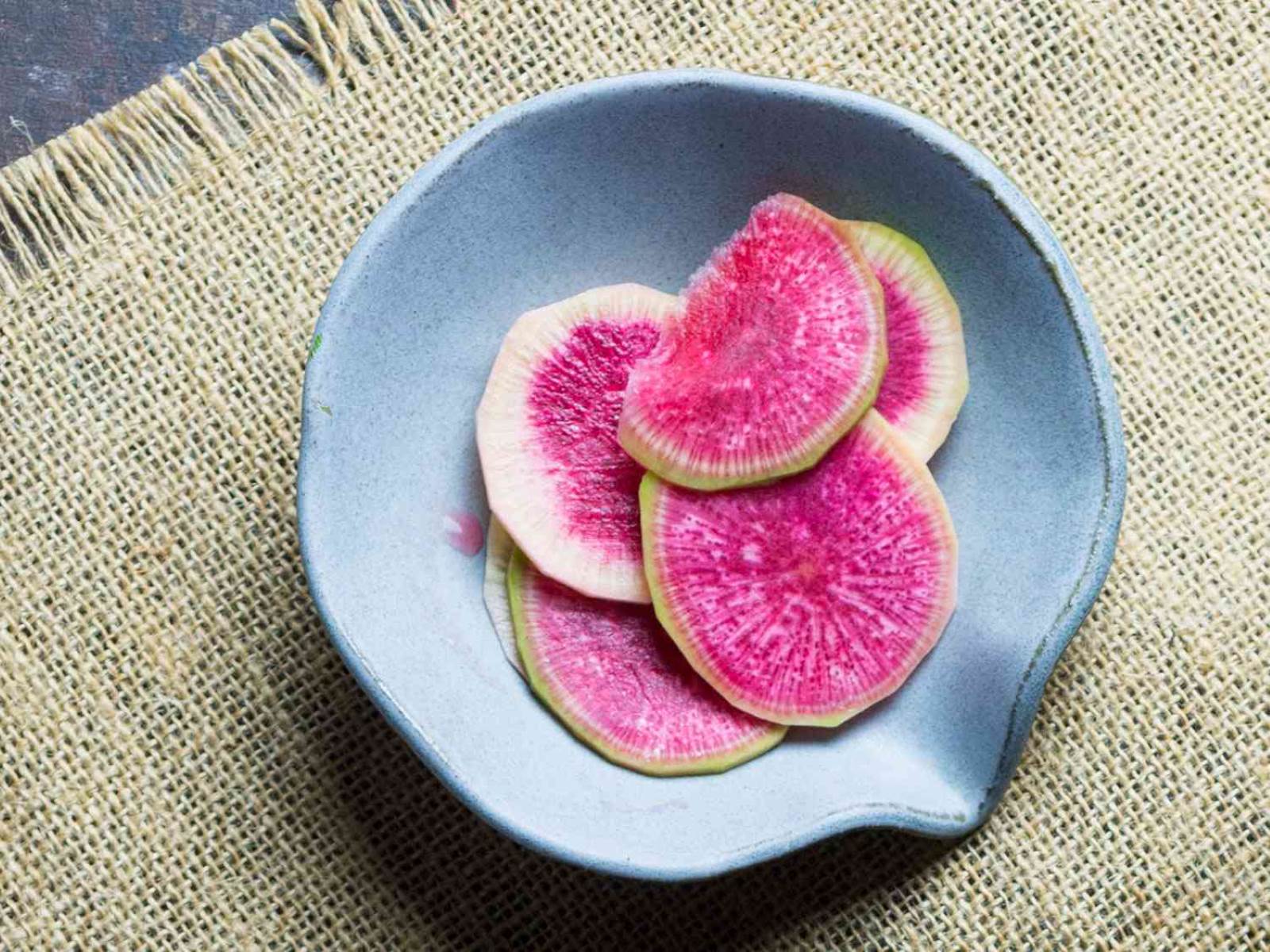
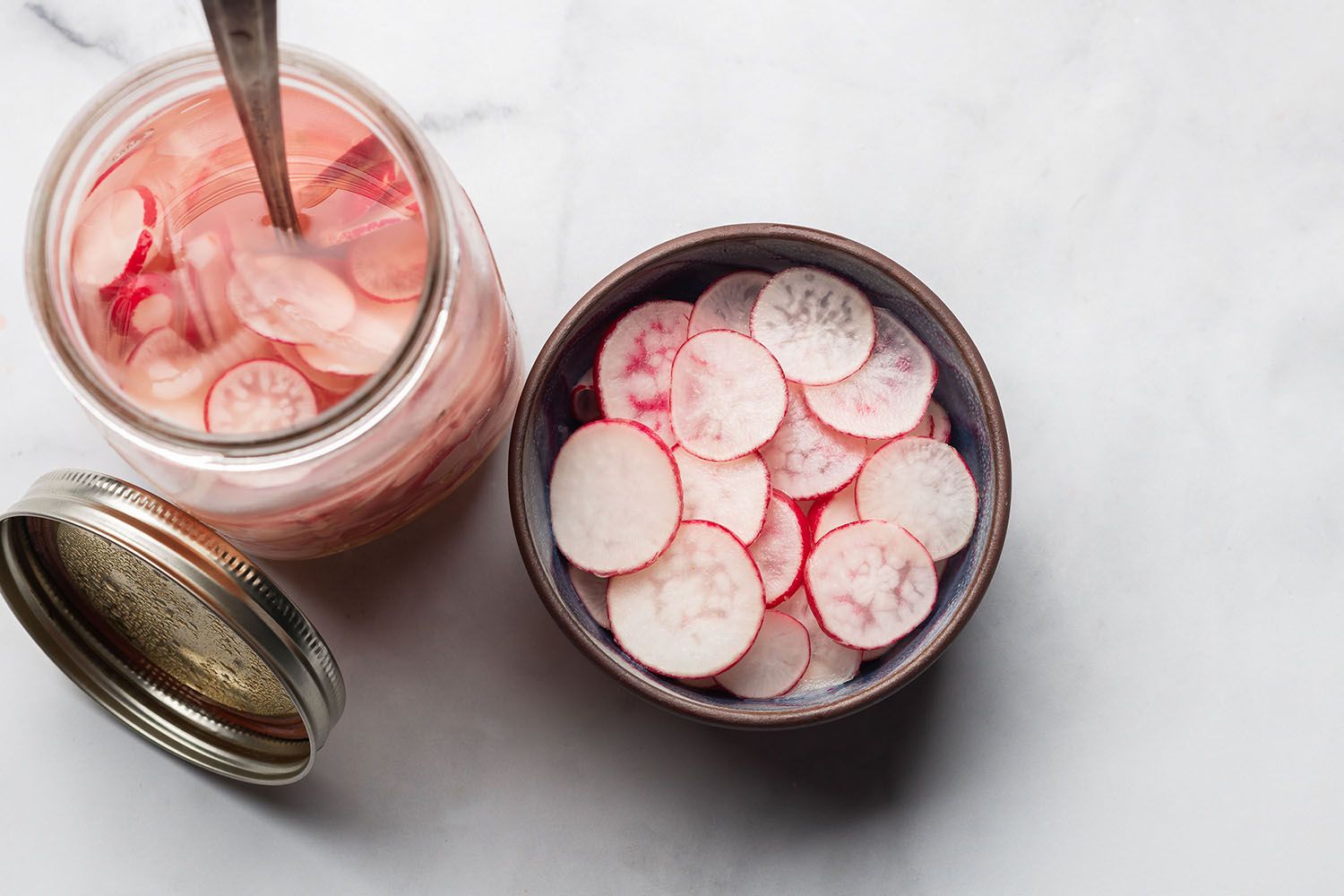
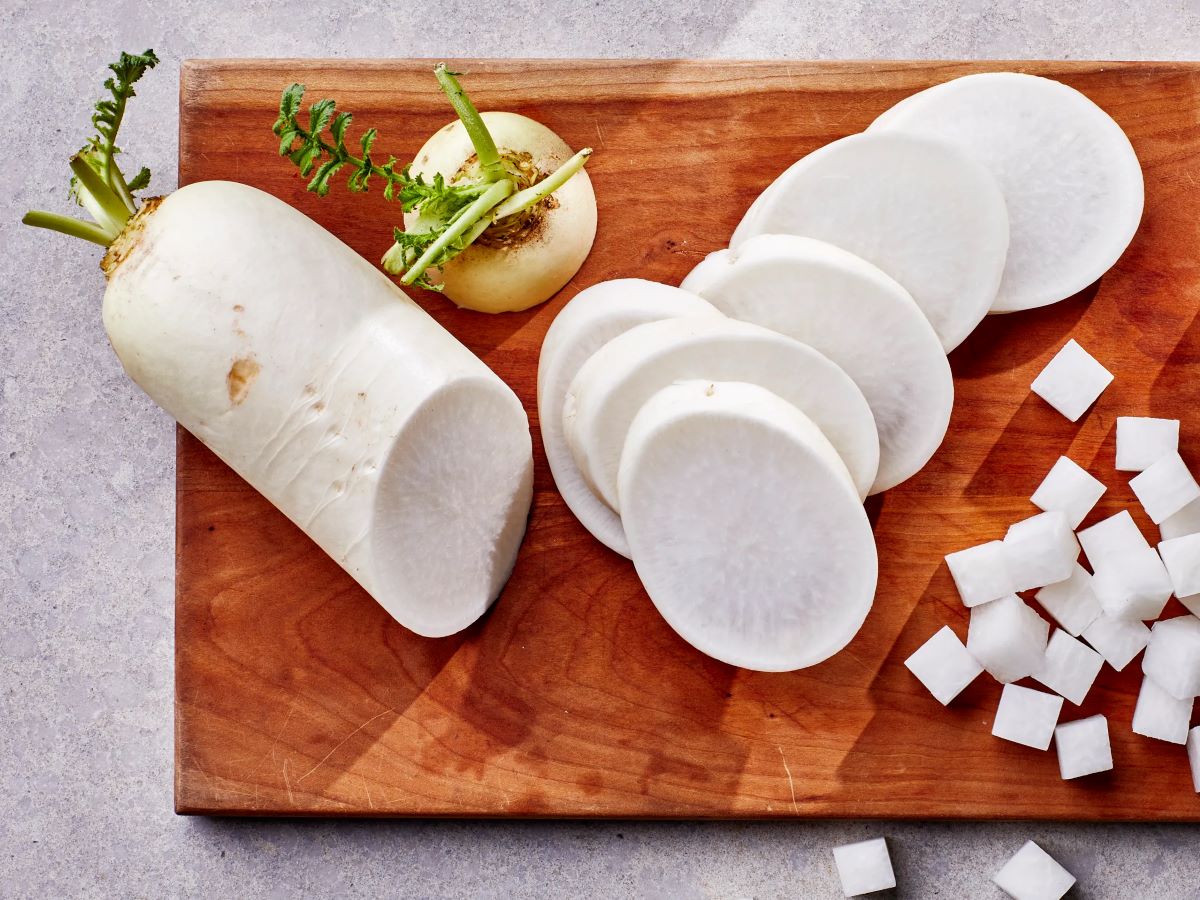
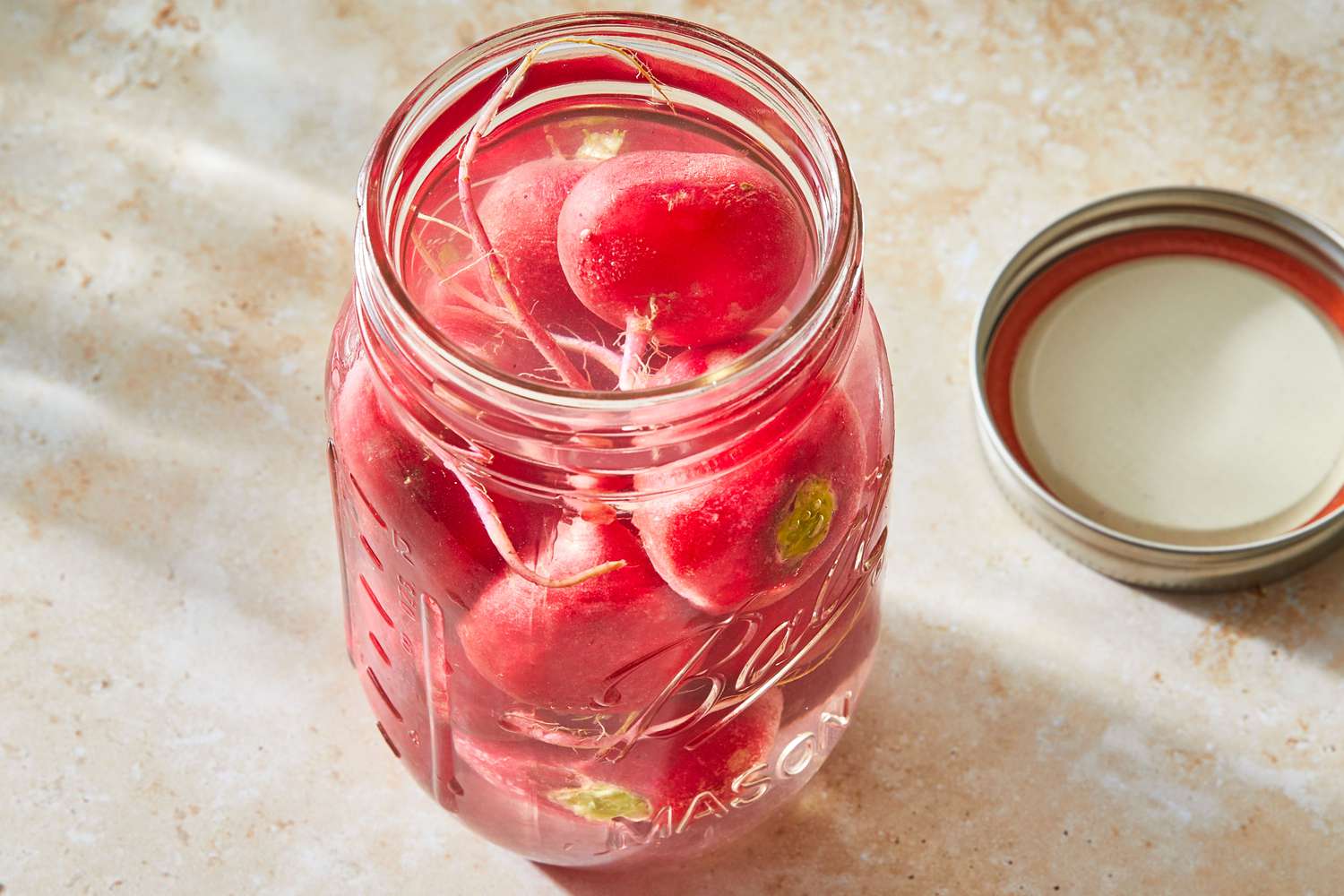
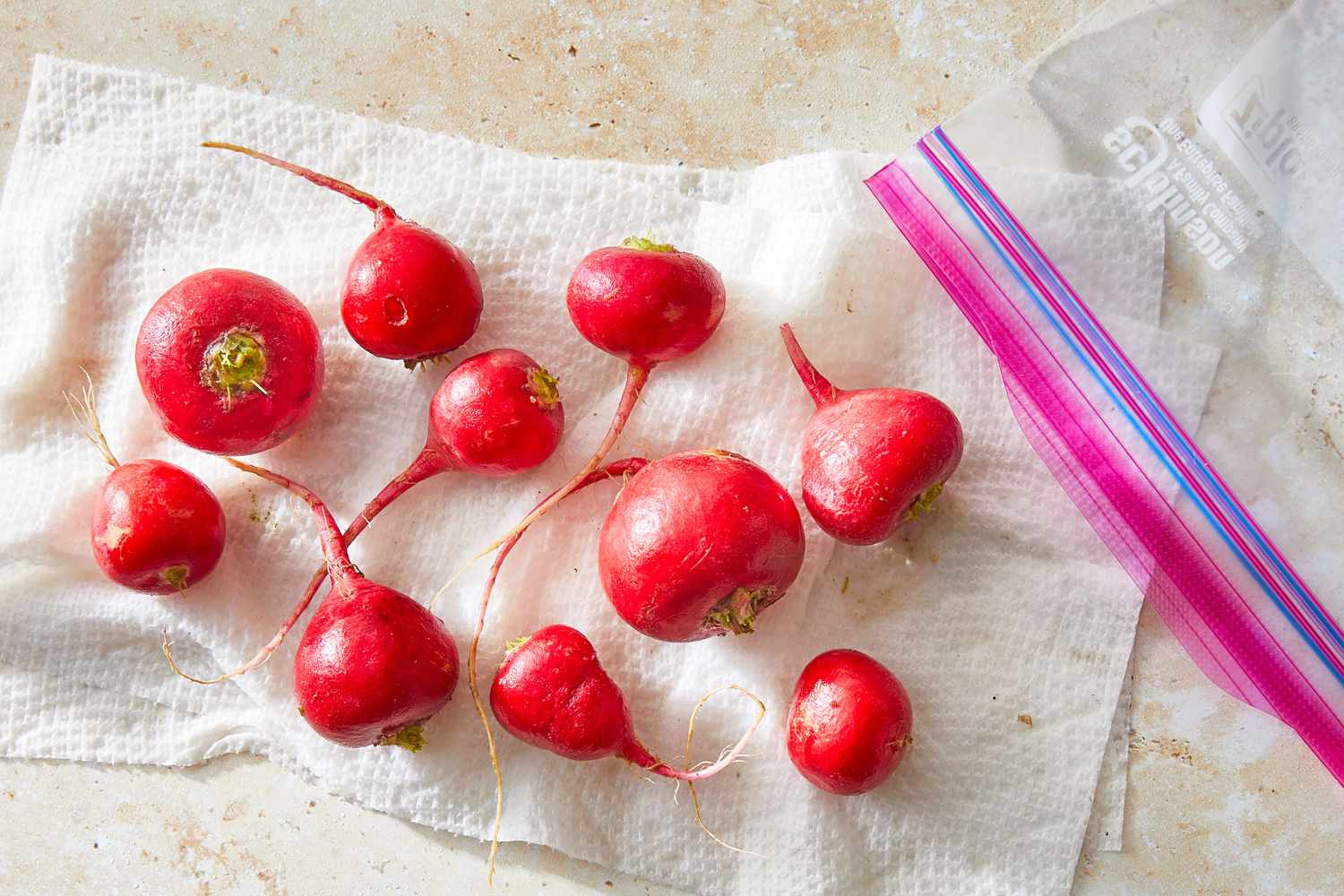
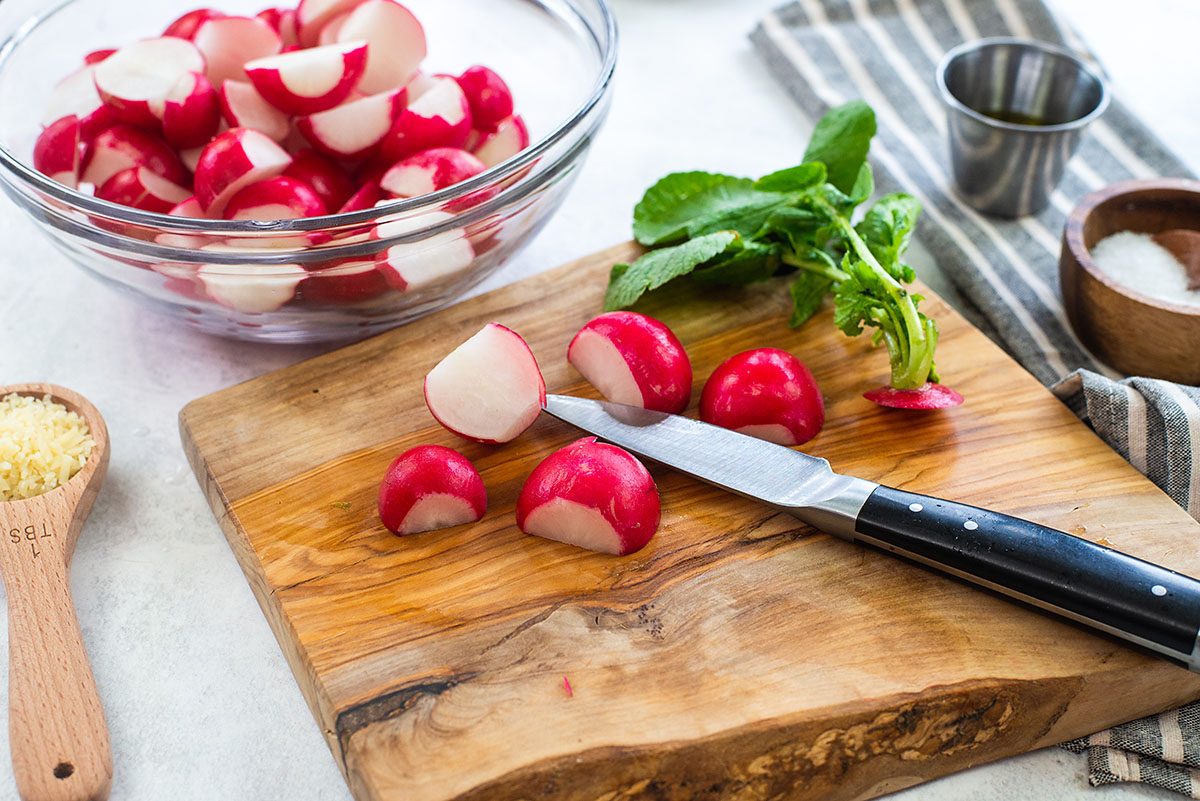

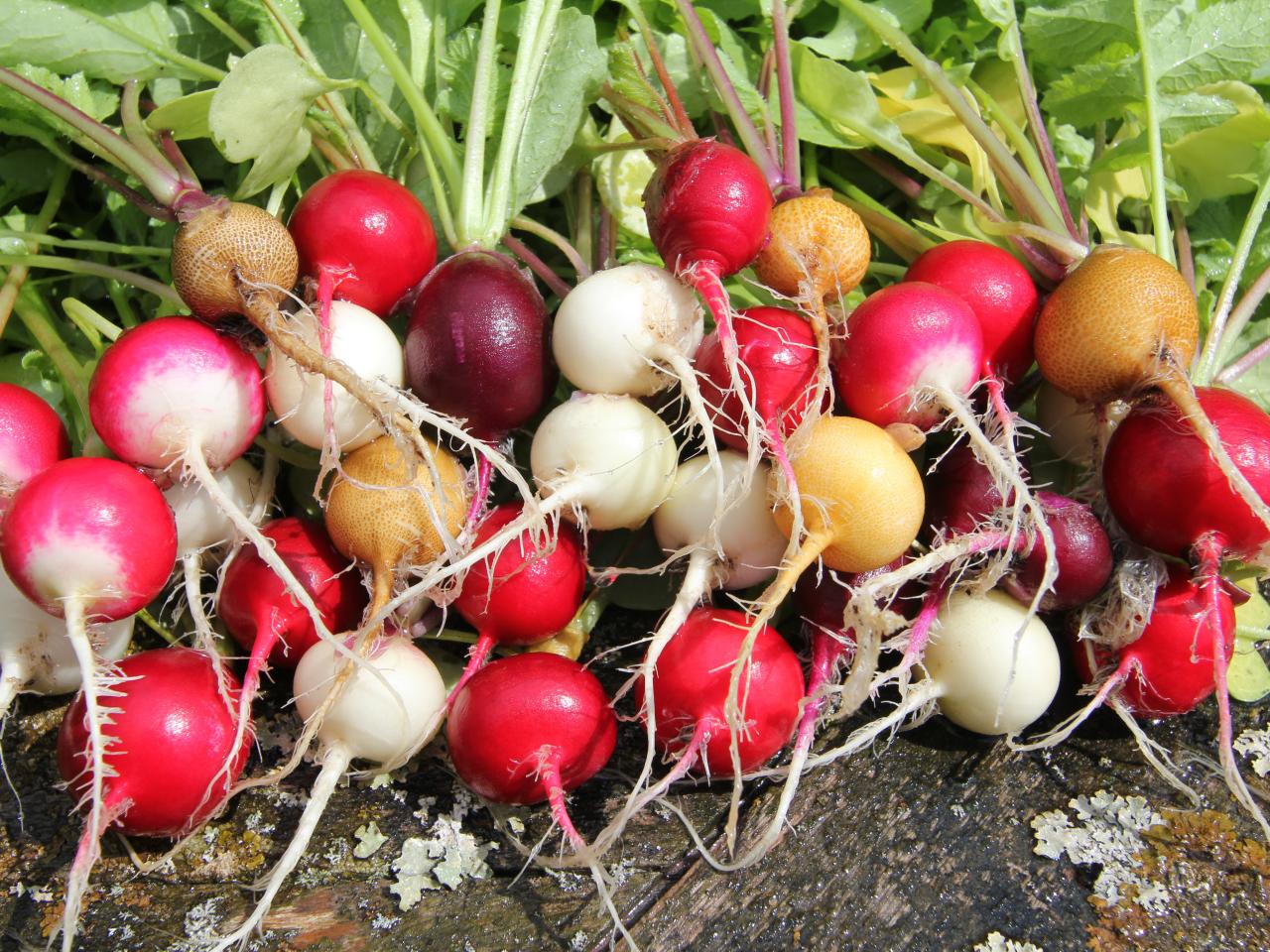
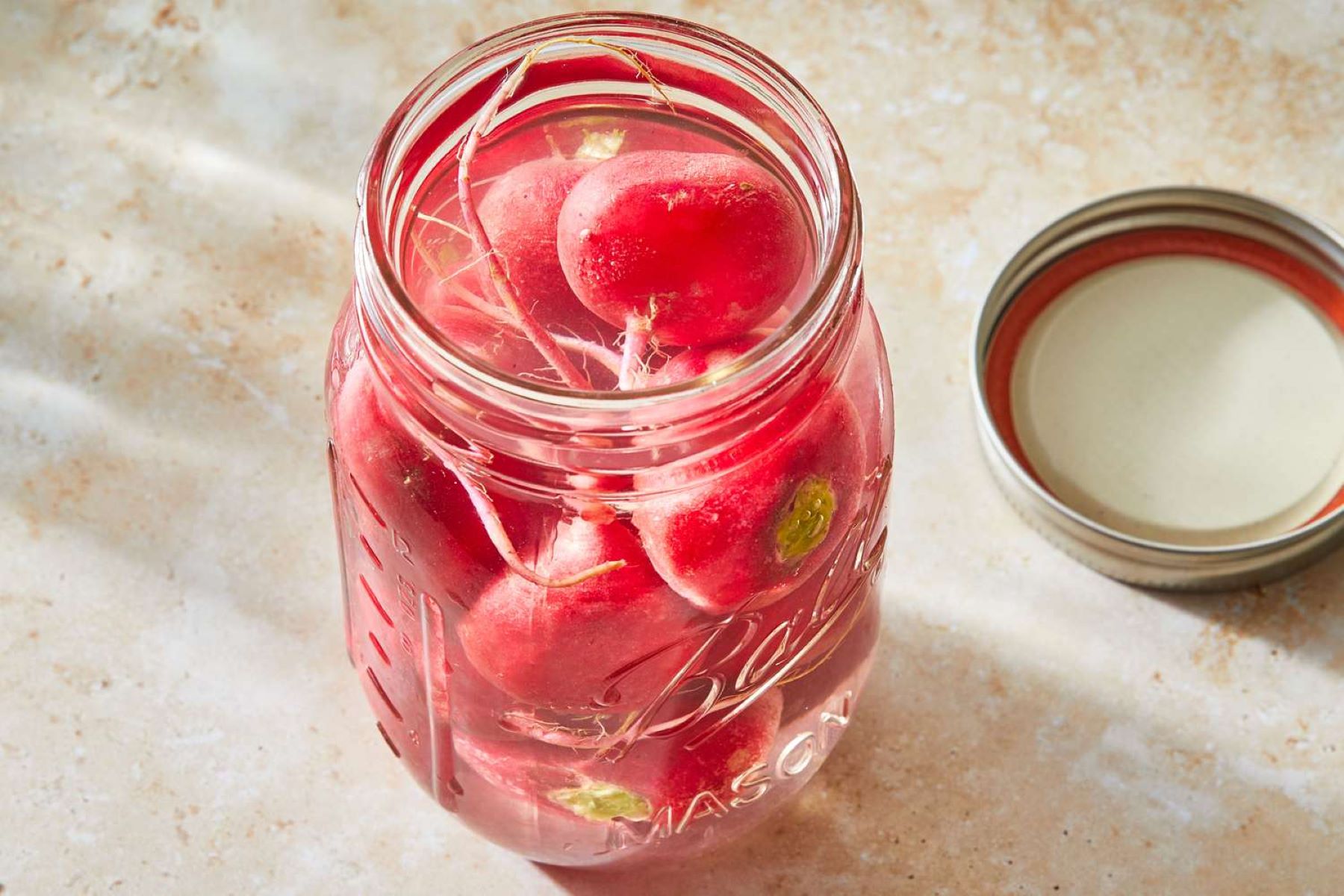
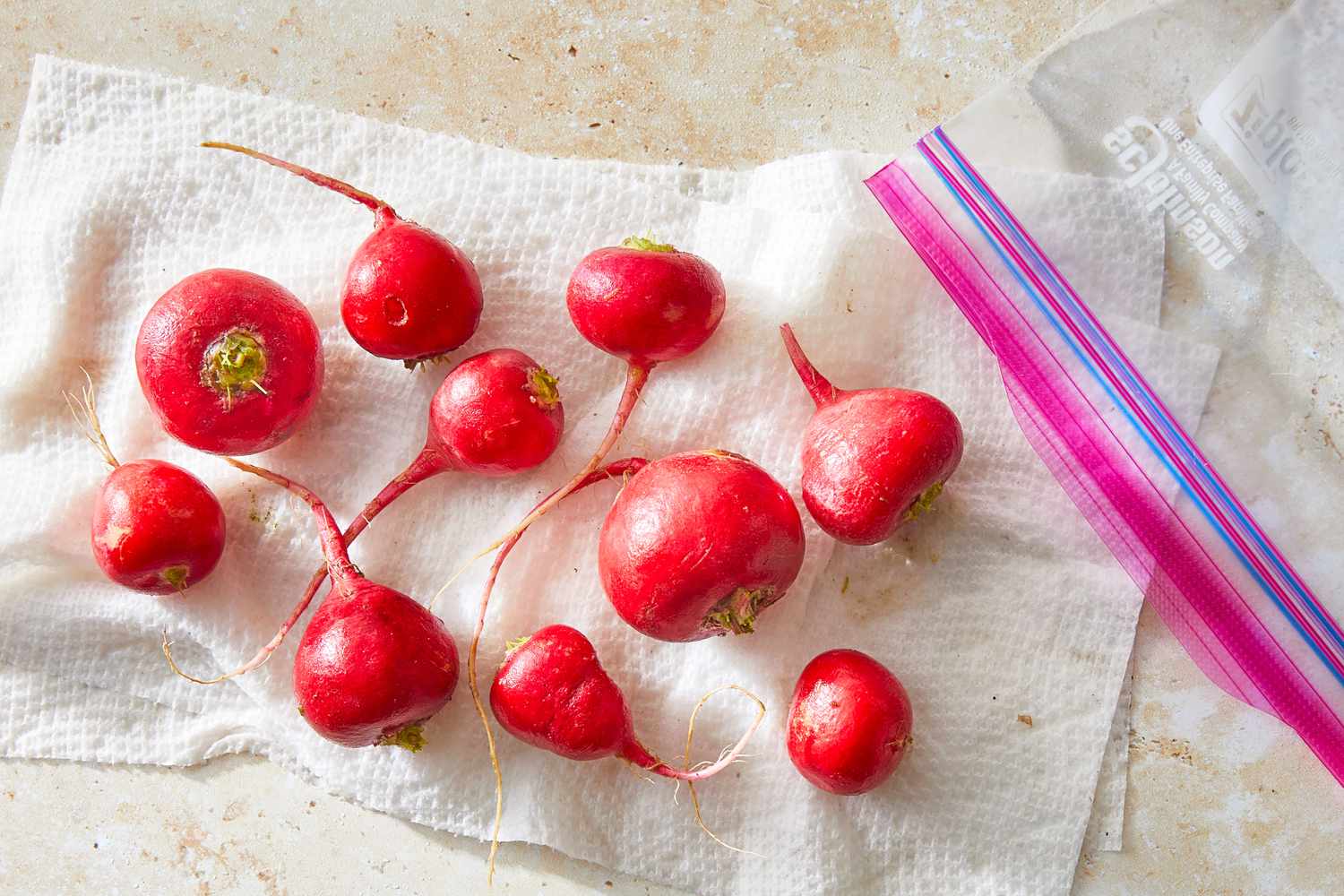
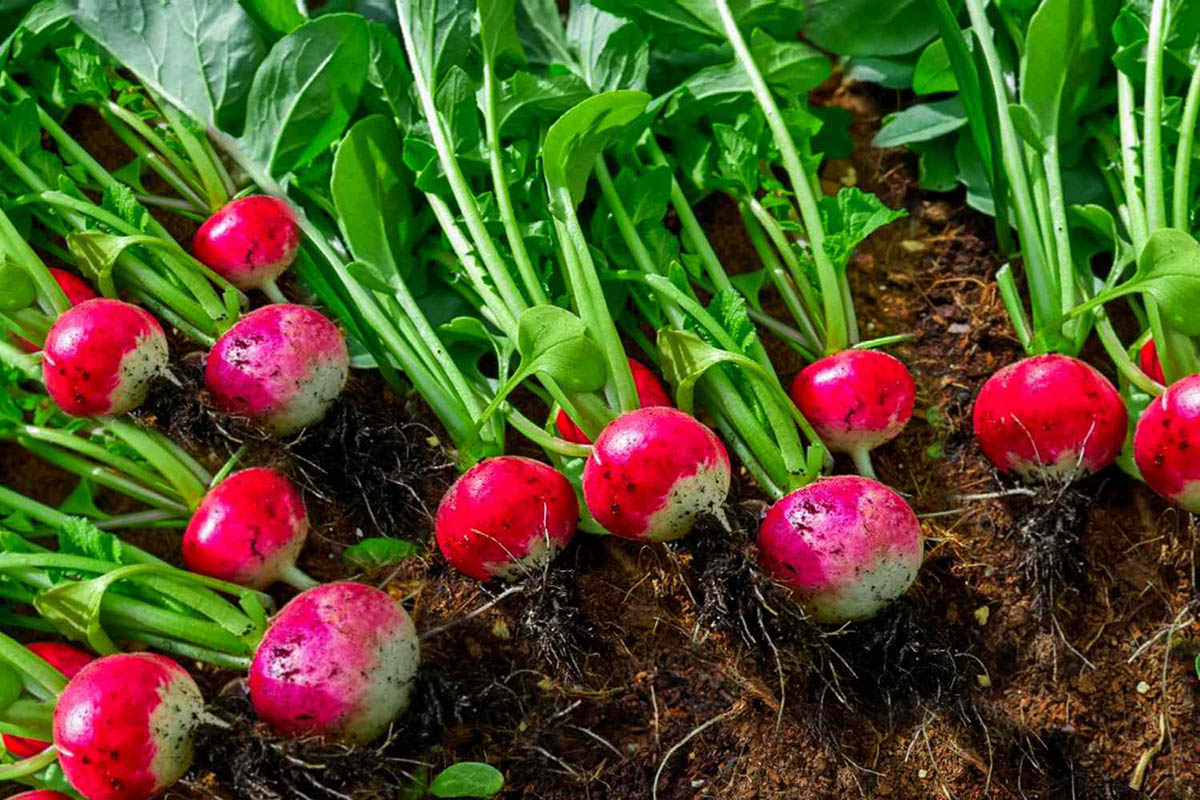
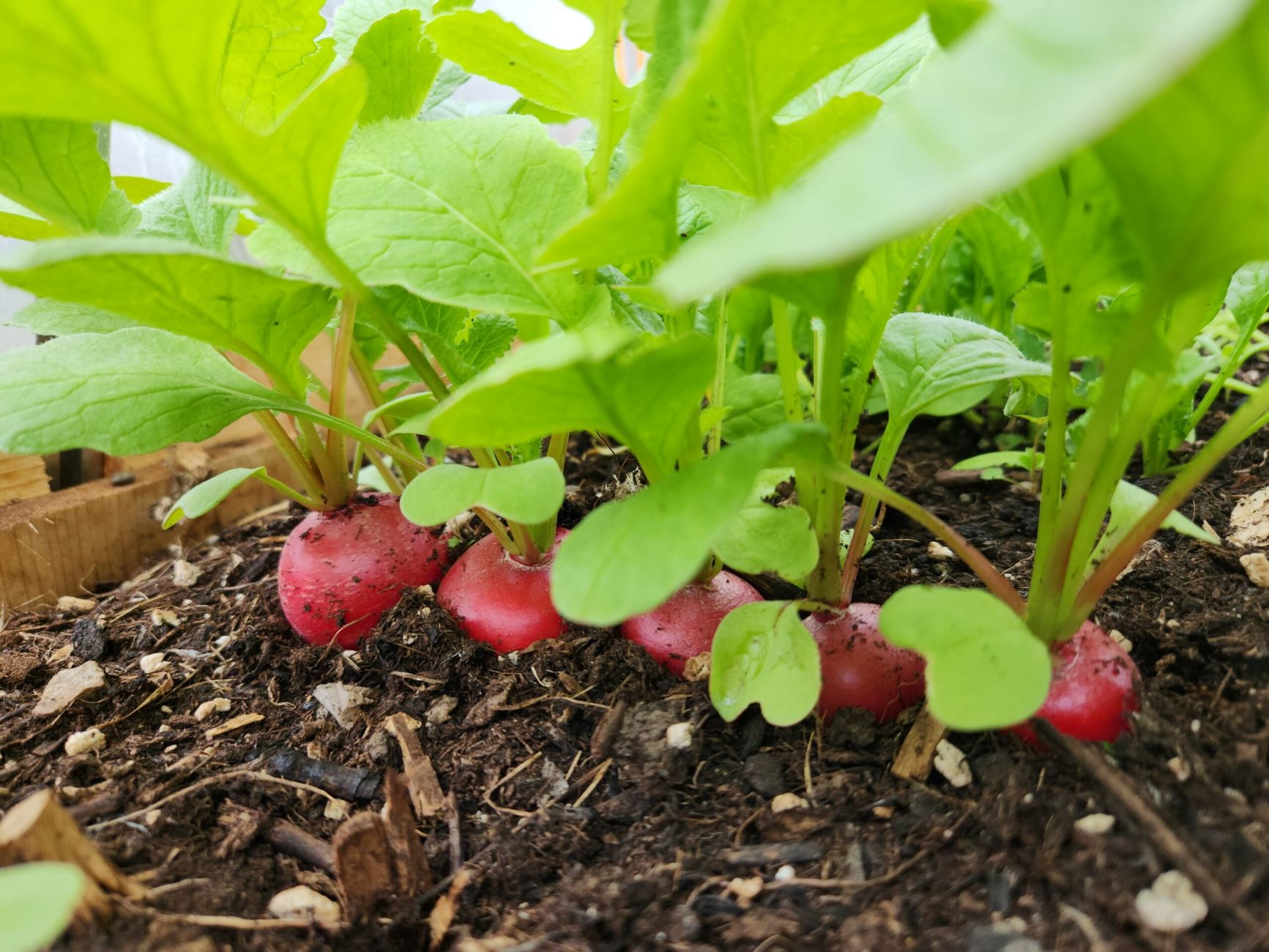
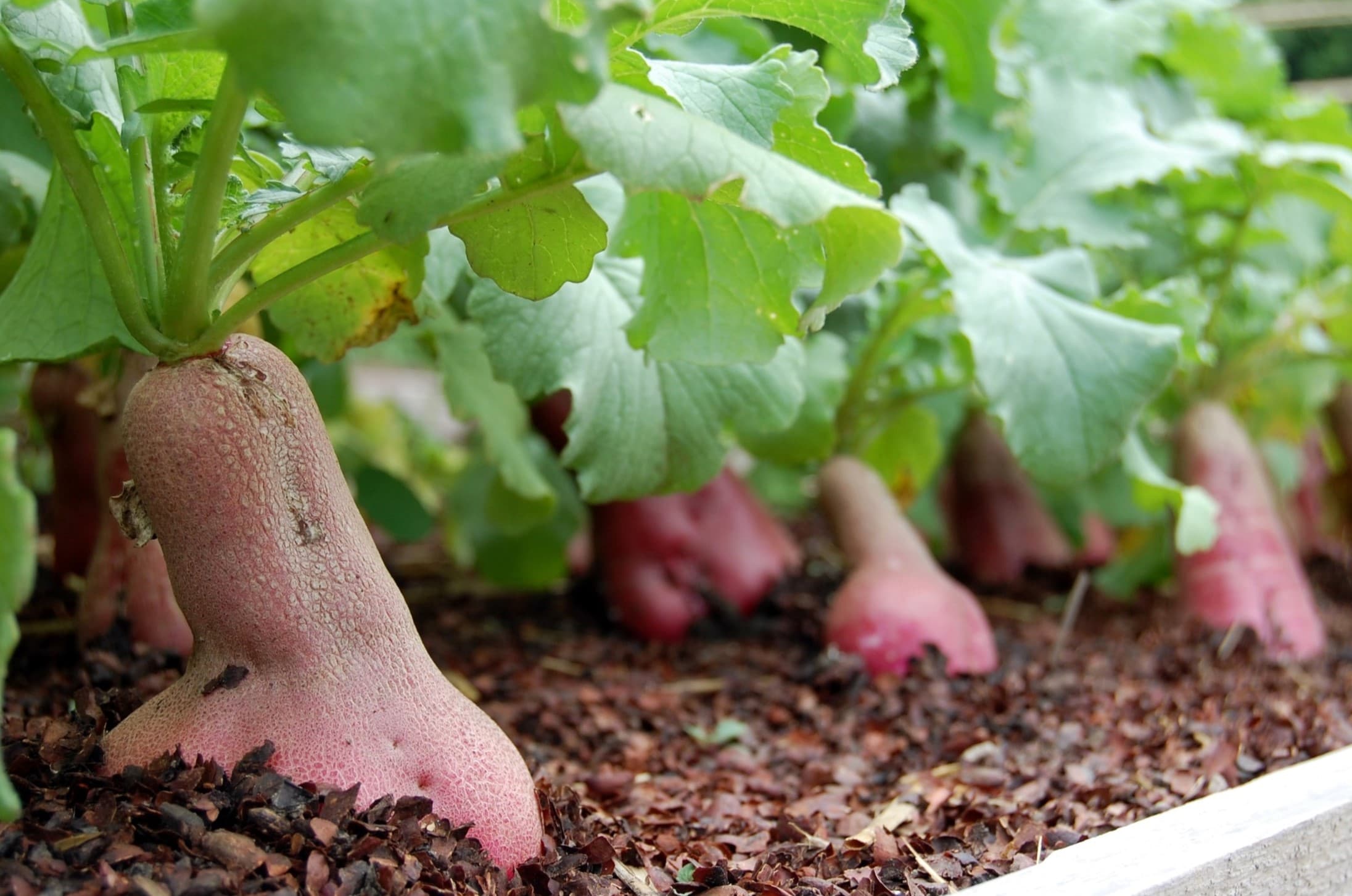

0 thoughts on “How To Store Radish”